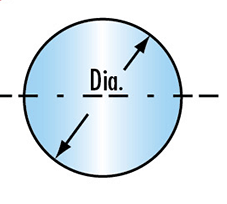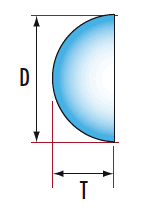1, timely inspection and replacement: 15 to 25 days after grafting in early spring, 7 days after grafting in summer, and 10 days after autumn, the survival rate can be checked. Blackening or browning of the scion or buds indicates that the grafting was unsuccessful. If the survival rate is too low, it can be replenished in time. Linyi Fertilizer Network Copyright
Linyi Fertilizer Network Copyright
2. Apply sufficient fertilizer to the water to accelerate the graft growth: after the fruit tree is grafted, the size of the tree body is 5~25 kg, and the diammonium phosphate is 0.50~2.50 kg. Adopting a circular or star fertilization method, the depth of the ditch is 20 to 40 cm, and the lateral roots of some aging can be removed by combining the root scissors. After fertilizing, pour enough water to keep the root plate moist. Fertilization can also be carried out in advance, that is, the spring grafting is improved in the autumn of last year, and the summer is applied in the early spring. Linyi Fertilizer Network Copyright
Linyi Fertilizer Network Copyright
3, strengthen the young shoots to prevent the wind blowing: grafting after grafting begins to grow, slightly loosen the dressing, but do not completely loosen, when the young shoots grow to 10 cm long, take some sticks or crop straw, half Fixed on the trunk or main branch, half surrounded by young branches, and wrapped with a string to protect the young branches. After the young branches are fixed firmly, the knives are used to cut the dressings at the time of grafting to facilitate their growth. Linyi Fertilizer Network Copyright
Linyi Fertilizer Network Copyright
4. Remove the anvil tree sprouts in time to reduce the nutrient competition for grafting, but the fruit trees facing the patch should be treated differently: one case is that the grafting in the previous season is unsuccessful, and the fruit trees that need to be supplemented in the next season should be allowed to The anvil tree grows and grows; the other case is that the summer grafting is unsuccessful, and the effect of the patch on the roots of the fruit trees is too large. The addition should be abandoned and the rootstocks should be allowed to grow. Linyi Fertilizer Network Copyright
Linyi Fertilizer Network Copyright
5, grafting and pruning: the grafting of the over-growth at the appropriate height "topping" can promote the secondary shoot germination and growth; for the densely growing prolonged branches and competing branches, using the branches, traction and other methods Handling, no or less use of short cut, thinning and trimming methods. Linyi Fertilizer Network Copyright
Total 1 | <First <Prev 1 Next> Last> |
share to:
Fused Silica Ball Lens
Fused Silica features high transmission from 200nm to 2.2μm with a low coefficient of thermal expansion, making it ideal for the most demanding ball lens applications in the ultraviolet, visible, and near infrared spectra. Ball lenses are commonly used for improving signal coupling between fibers, emitters, and detectors, as well as objective lenses in endoscopy and bar-code scanning applications. Half-ball lenses simplify handling and integration.Half ball (hemispherical) lenses are ideal for applications such as fiber communication,endoscopy,microscopy,optical pick-up devices and laser interferometry and measurement.


Ball Lens Half-Ball Lens
Specification of our ball lens or half-ball lens:
*Material:BK7 or other optical glasses,optical crystal materials
*Diameter:1mm - 40mm
*Dimension Tolerance:+/-0.005mm
*Surface Quality:40-20
*Sphericity:0.005mm
*Coating:optional
Fused Silica Ball Lens,4.0 Mm Fused Silica Ball Lens,Fused Silica Half Ball Lens,Optical Glass Fused Silica Ball Lens
China Star Optics Technology Co.,Ltd. , https://www.opticsrealpoo.com


![<?echo $_SERVER['SERVER_NAME'];?>](/template/twentyseventeen/skin/images/header.jpg)